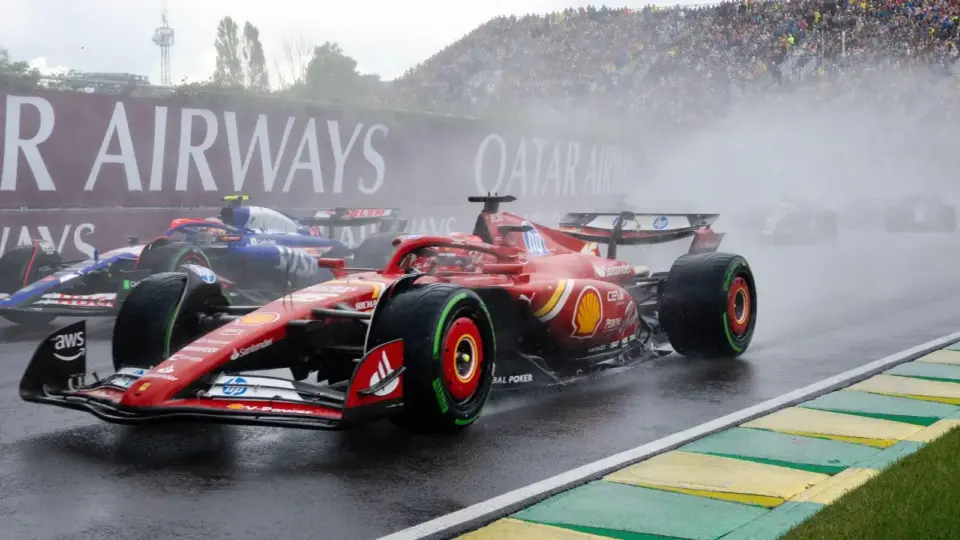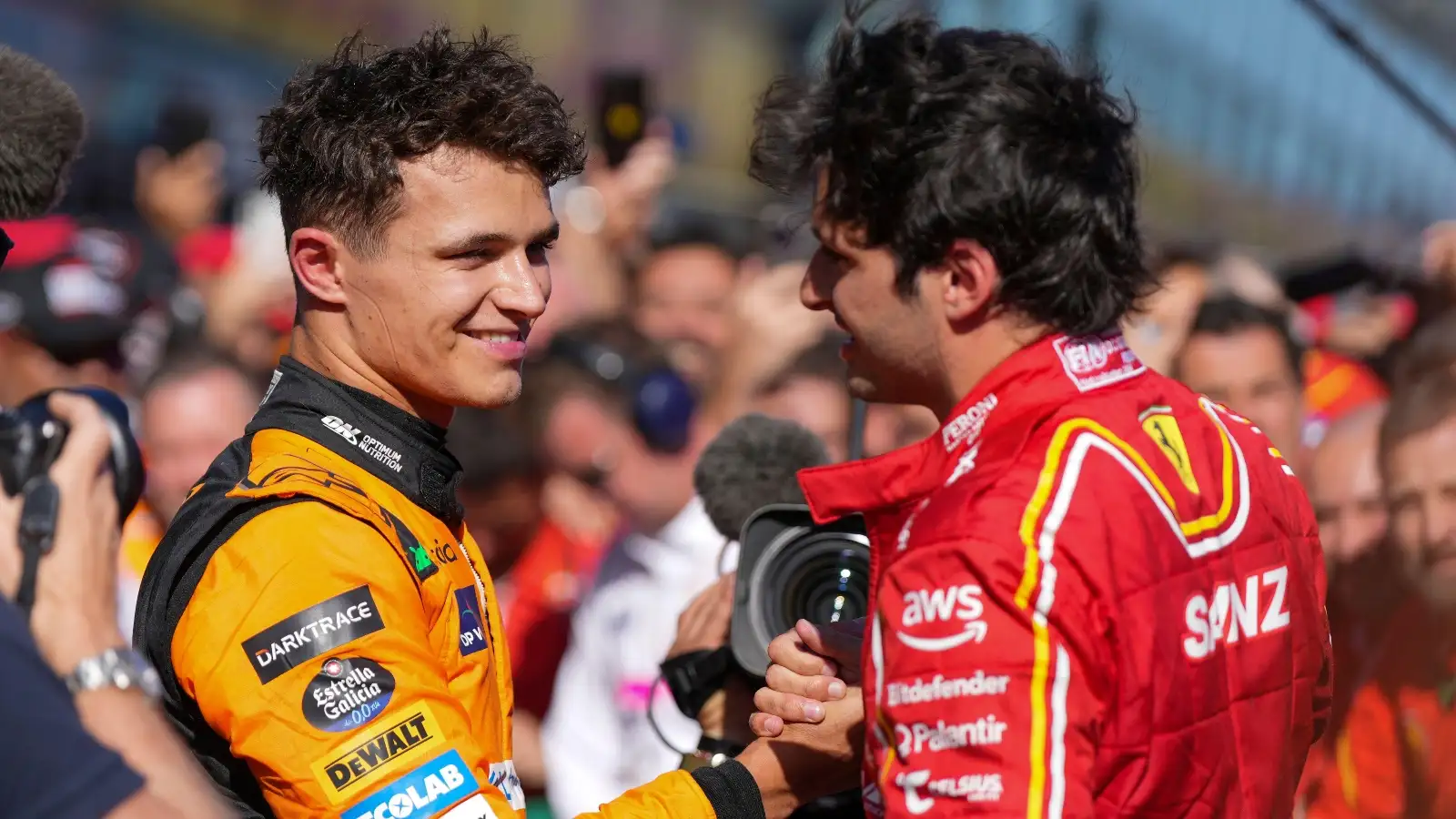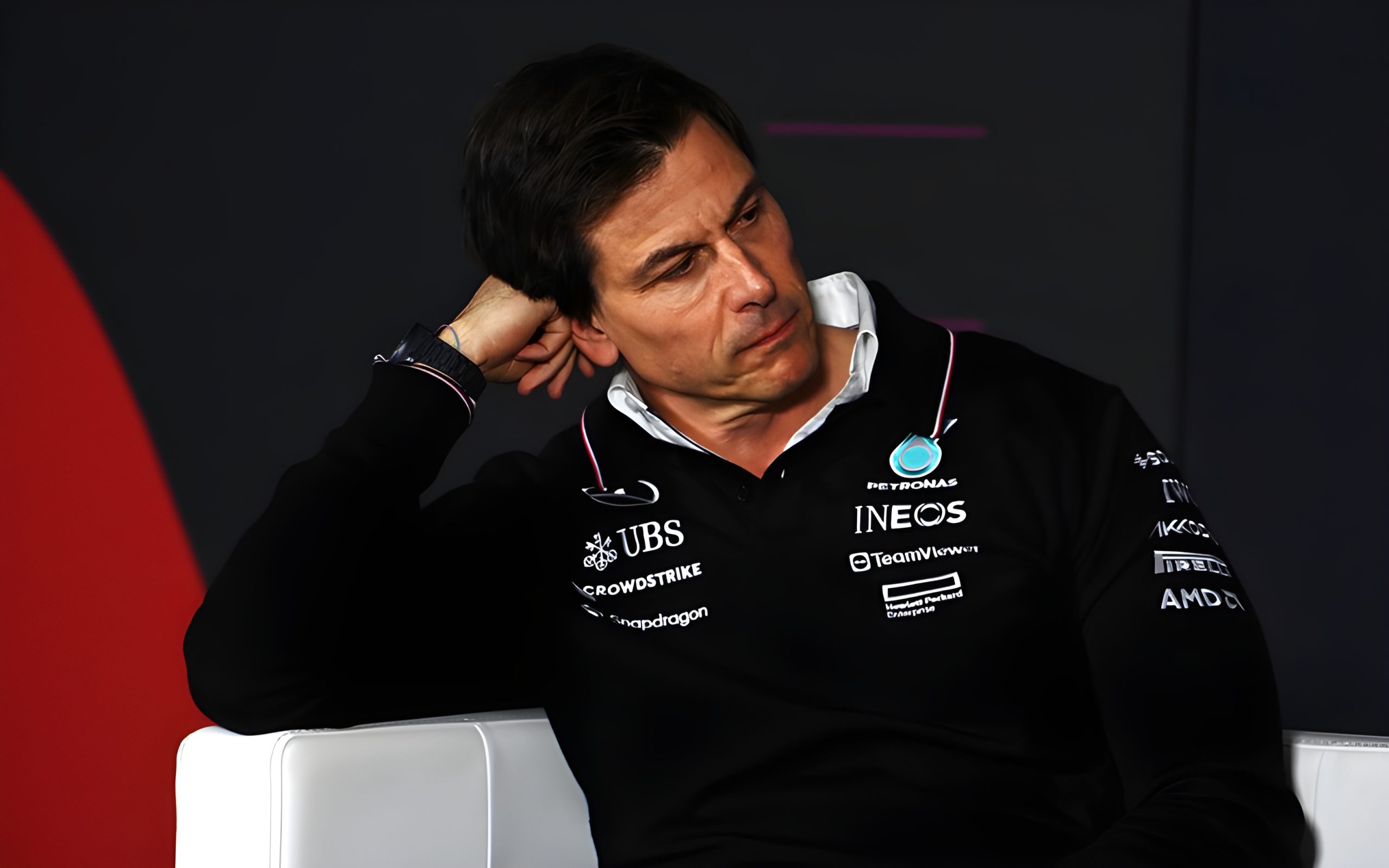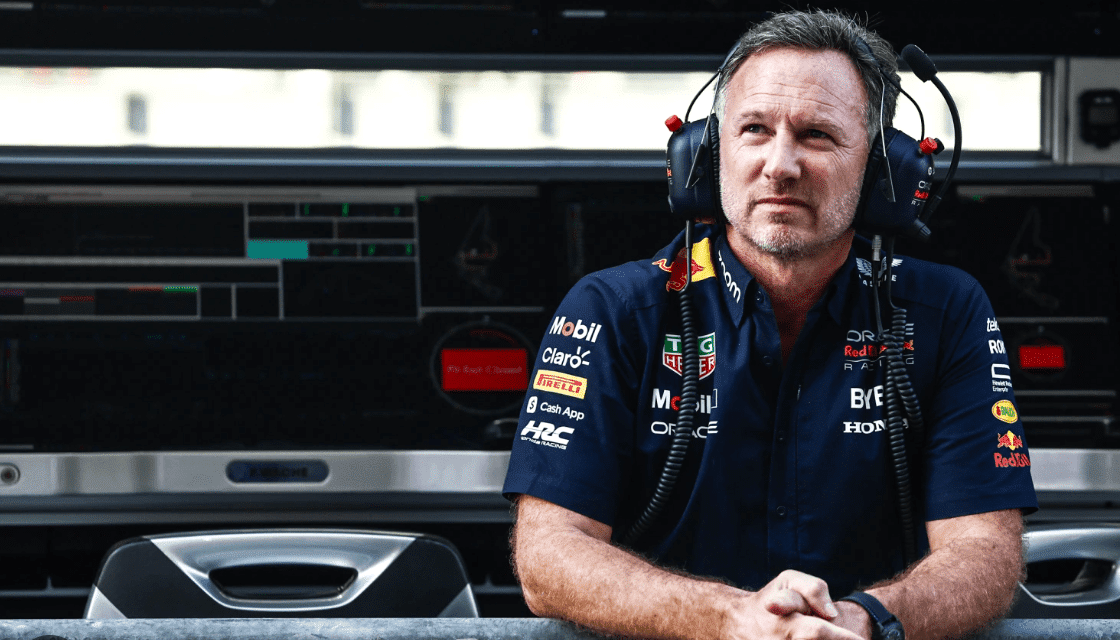Right after the chequered flag waved at the Canadian Grand Prix, Montreal’s Circuit Gilles Villeneuve turned chaotic as spectators flooded the track before all cars had returned to parc ferme.
The Octane Racing Group, responsible for organizing the Canadian GP, had to face the FIA race stewards’ scrutiny due to this premature track invasion. It wasn’t the first incident of its kind in recent years, prompting the FIA to take a firmer stance.
The event saw an impressive turnout with 350,000 attendees over four days, surpassing the 345,000 from the previous year. The race itself, transitioning from wet to dry, ended with Max Verstappen of Red Bull claiming victory over Lando Norris of McLaren and George Russell of Mercedes, who had started from pole position.
Track invasion issues aren’t unique to Canada. Similar incidents have occurred globally. In 2023, the Australian Grand Prix faced severe backlash after fans breached FIA security protocols, leading to a total ban on track invasions for the following year. Likewise, at the 2023 Brazilian Grand Prix, fans stormed the track at Turn 1 as the cars crossed the finish line.
During the Canadian GP disturbance, some fans even reached Nico Hulkenberg’s stranded Haas. These recurring security lapses have led to increased scrutiny from the FIA, emphasizing the need for strict adherence to safety protocols at major racing events.
The FIA’s decision to summon the Canadian GP promoters underscores the importance of maintaining strict security measures to ensure the safety of both drivers and spectators. With track invasions becoming a recurrent issue, it remains crucial for organizers worldwide to enforce rigorous control and prevent any potential hazards on the circuit.
Source: Motorsport










